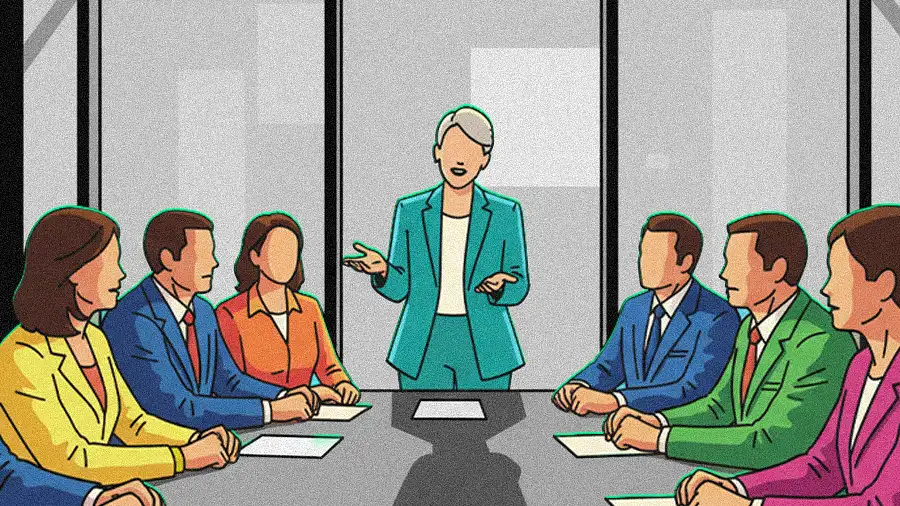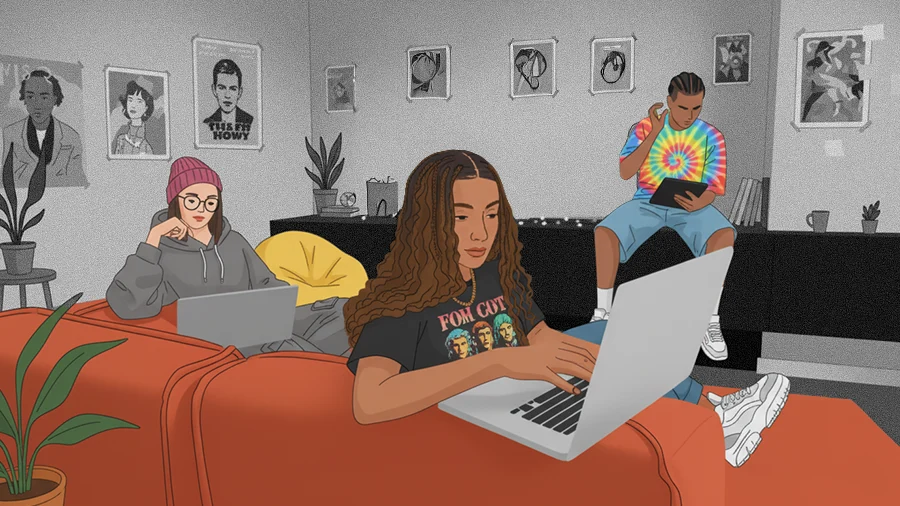From Wellness Apps to Work Design, the Battle over Burnout Moves to the Team Level
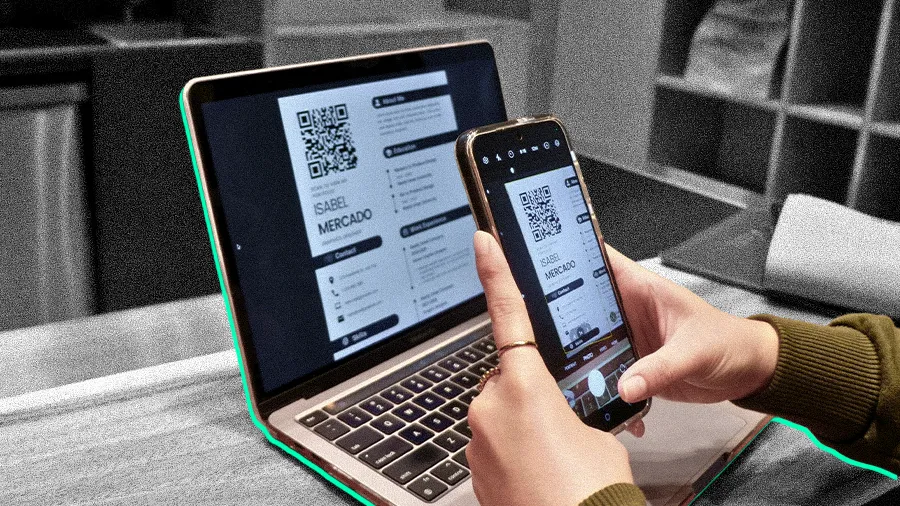
Key Points
Many burnout solutions in the HR tech market miss the mark, offering passive perks instead of active interventions.
People and culture strategist Michael Franco shares that individual leaders, not HR policies, bear the responsibility for solving burnout.
The solution is sustainable systems that prioritize outcomes over hours and empower leaders to manage team energy strategically.
It's not up to policy to fix burnout. You can have unlimited PTO, but it's up to the individual leader to personally track it and intervene when they see a team member who hasn't taken time off. They need to be the one to say, 'It's time for a reset.' When you see a performance dip, don't assume that employee is disconnected. The real issue could be a simple lack of rest.
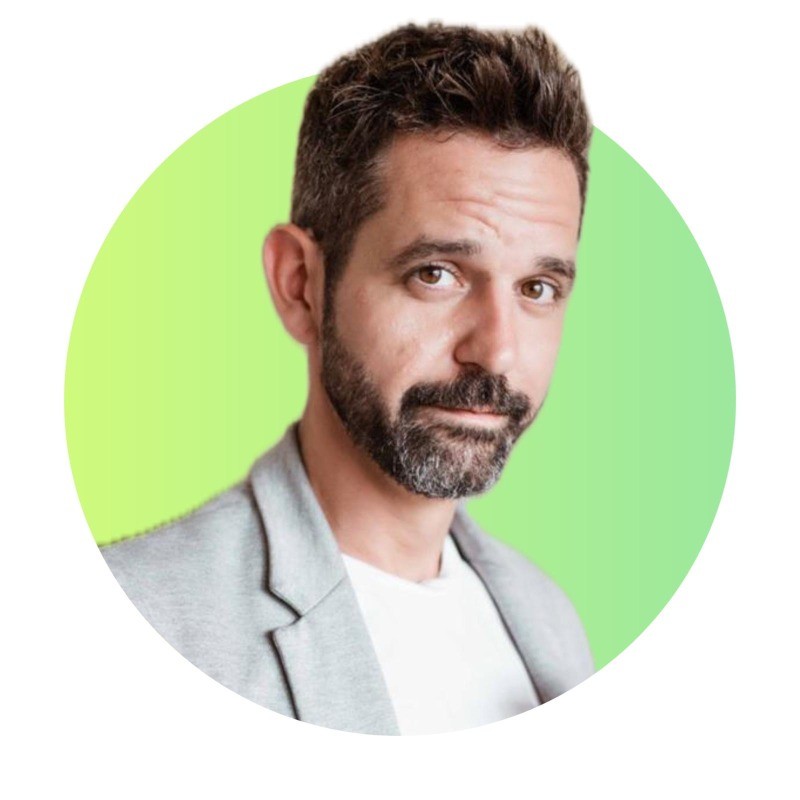
Michael Franco
Founder
Quokka Hub
The HR tech market might be flooded with burnout solutions. But many are aimed at the wrong problem. From flexible vacation days to corporate wellness apps, companies are offering a wave of passive perks. Yet, they often amount to little more than showmanship that fails to address the real issue. Now, the real opportunity lies in developing active intervention tools for managers to support their teams directly.
For insight on how to fix burnout, we spoke with Michael Franco, founder of the HR software platform Quokka Hub. As a people and culture strategist with over 12 years of experience connecting employee experience to business growth, Franco uses people data to design and implement new organizational systems. For him, the responsibility for solving burnout lies not with a company-wide policy, but with individual leaders.
“It’s not up to policy to fix burnout. You can have unlimited PTO, but it’s up to the individual leader to personally track it and intervene when they see a team member who hasn’t taken time off. They need to be the ones to say, ‘It’s time for a reset.’ When you see a performance dip, don’t assume that the employee is disconnected. The real issue could be a simple lack of rest,” Franco says.
Your best people quit first: Today, this debate over culture carries significant implications for talent retention. A system that allows burnout creates a predictable talent drain where a company’s most valuable people are the first to leave, Franco explains. He points out that recent Workday Global Research, for example, shows that stalled growth and poor environments are driving top talent out the door. The underlying logic is that your most valuable people have the most options. “The hustle culture will always lead to burnout. Burnout inevitably leads to disengagement, and the first people to leave are your top performers.”
For Franco, the 9-9-6 model is a logical, if brutal, feature of the startup environment. Born from limited funds and a short runway, it relies on a small, highly aligned team to hit deployment goals.
An unscalable hustle culture: Here, Franco points out that the model’s logic contains a fundamental contradiction: the very tactics that help a startup survive are inherently unscalable. “You can’t build long-term success with short-term sprints,” Franco states, adding that the hustle of deploy sprint, secure funding, repeat is unsustainable as the business grows in size and complexity.
The birth of ‘work slop’: Still, startup attempts to scale this intense model, decaying the very fabric of their organization. The initial cohesion gives way to disconnection, a breakdown in community, and a decline in collaboration. It’s at this point that the system produces a tangible and damaging output. “You can only sustain that performance for so long before you get diminishing returns, and it creates what I call ‘work slop.’ When an exhausted employee is at hour twelve, the project quality is degraded and it becomes a situation where you’re just handing off a problem to somebody else, eroding culture and trust,” he explains.
Instead, Franco’s proposed solution emphasizes working smarter. His approach is a reframing of performance in which success is measured by tangible outcomes, a method that rewards impact and de-emphasizes logged hours. “We need to reframe our performance systems based on outcomes, not on hours worked or meetings attended. The focus must be on whether an employee accomplished their goals. If an employee achieves a better output in four hours than another does in eight hours, then the four-hour result is superior.”
The remote recipe: Next, Franco points to his experience working with a global, remote-first company that implemented this system. In this case, it led to double-digit gains in both productivity and engagement. “Instead of focusing on when everybody was working, we made sure that the team had alignment, autonomy, and clear expectations with clear rewards.”
Building on this system-level thinking, Franco believes a key strategic role for any manager is managing the team’s energy. In this model, leaders treat rest as a strategic input for future performance—a resource to be deployed before a major challenge, instead of a simple reward for past work. “Nobody can be on all the time. We’re not robots, right? Even robots need to recharge. It’s up to the leader to make strategic decisions to have the team rest before a big project.”
Ultimately, companies must be authentic about the culture they are building, Franco concludes. A culture valuing impact over hours should be communicated clearly and unapologetically. For proponents of this model, building a culture that empowers employees both personally and professionally is more than a feel-good platitude. It’s a core business strategy. “If somebody enjoys the work, they’re going to work harder,” Franco says. “While effort is important, sustainable systems are what make the difference—not sheer effort. If you have one person work for twelve hours with no direction, and you give another person great systems and a clear sense of direction, who is going to accomplish more?”
We need to reframe our performance systems based on outcomes, not on hours worked or meetings attended. The focus must be on whether an employee accomplished their goals. If an employee achieves a better output in four hours than another does in eight hours, then the four-hour result is superior.
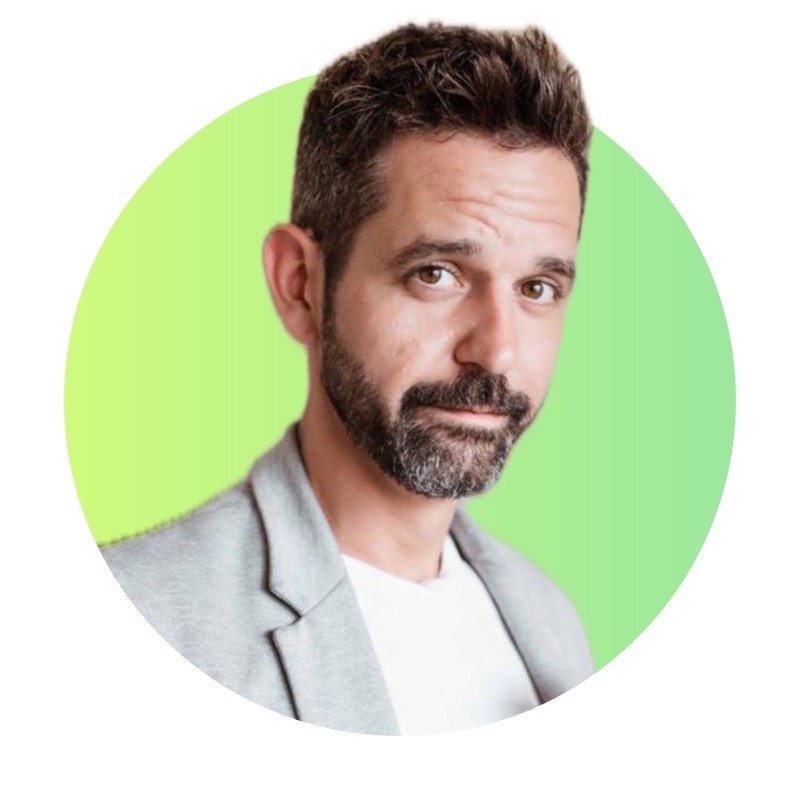
Michael Franco
Founder
Quokka Hub
We need to reframe our performance systems based on outcomes, not on hours worked or meetings attended. The focus must be on whether an employee accomplished their goals. If an employee achieves a better output in four hours than another does in eight hours, then the four-hour result is superior.

Michael Franco
Founder
Quokka Hub
Related articles
TL;DR
Many burnout solutions in the HR tech market miss the mark, offering passive perks instead of active interventions.
People and culture strategist Michael Franco shares that individual leaders, not HR policies, bear the responsibility for solving burnout.
The solution is sustainable systems that prioritize outcomes over hours and empower leaders to manage team energy strategically.
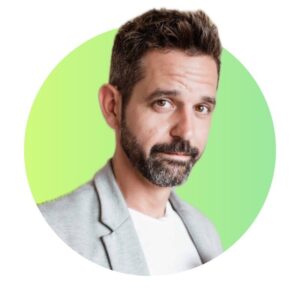
Michael Franco
Quokka Hub
Founder

Founder
The HR tech market might be flooded with burnout solutions. But many are aimed at the wrong problem. From flexible vacation days to corporate wellness apps, companies are offering a wave of passive perks. Yet, they often amount to little more than showmanship that fails to address the real issue. Now, the real opportunity lies in developing active intervention tools for managers to support their teams directly.
For insight on how to fix burnout, we spoke with Michael Franco, founder of the HR software platform Quokka Hub. As a people and culture strategist with over 12 years of experience connecting employee experience to business growth, Franco uses people data to design and implement new organizational systems. For him, the responsibility for solving burnout lies not with a company-wide policy, but with individual leaders.
“It’s not up to policy to fix burnout. You can have unlimited PTO, but it’s up to the individual leader to personally track it and intervene when they see a team member who hasn’t taken time off. They need to be the ones to say, ‘It’s time for a reset.’ When you see a performance dip, don’t assume that the employee is disconnected. The real issue could be a simple lack of rest,” Franco says.
Your best people quit first: Today, this debate over culture carries significant implications for talent retention. A system that allows burnout creates a predictable talent drain where a company’s most valuable people are the first to leave, Franco explains. He points out that recent Workday Global Research, for example, shows that stalled growth and poor environments are driving top talent out the door. The underlying logic is that your most valuable people have the most options. “The hustle culture will always lead to burnout. Burnout inevitably leads to disengagement, and the first people to leave are your top performers.”
For Franco, the 9-9-6 model is a logical, if brutal, feature of the startup environment. Born from limited funds and a short runway, it relies on a small, highly aligned team to hit deployment goals.
An unscalable hustle culture: Here, Franco points out that the model’s logic contains a fundamental contradiction: the very tactics that help a startup survive are inherently unscalable. “You can’t build long-term success with short-term sprints,” Franco states, adding that the hustle of deploy sprint, secure funding, repeat is unsustainable as the business grows in size and complexity.
The birth of ‘work slop’: Still, startup attempts to scale this intense model, decaying the very fabric of their organization. The initial cohesion gives way to disconnection, a breakdown in community, and a decline in collaboration. It’s at this point that the system produces a tangible and damaging output. “You can only sustain that performance for so long before you get diminishing returns, and it creates what I call ‘work slop.’ When an exhausted employee is at hour twelve, the project quality is degraded and it becomes a situation where you’re just handing off a problem to somebody else, eroding culture and trust,” he explains.
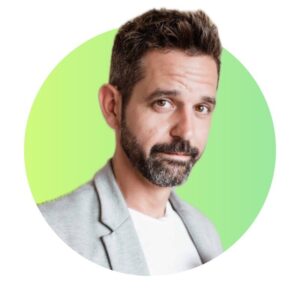
Michael Franco
Quokka Hub
Founder

Founder
Instead, Franco’s proposed solution emphasizes working smarter. His approach is a reframing of performance in which success is measured by tangible outcomes, a method that rewards impact and de-emphasizes logged hours. “We need to reframe our performance systems based on outcomes, not on hours worked or meetings attended. The focus must be on whether an employee accomplished their goals. If an employee achieves a better output in four hours than another does in eight hours, then the four-hour result is superior.”
The remote recipe: Next, Franco points to his experience working with a global, remote-first company that implemented this system. In this case, it led to double-digit gains in both productivity and engagement. “Instead of focusing on when everybody was working, we made sure that the team had alignment, autonomy, and clear expectations with clear rewards.”
Building on this system-level thinking, Franco believes a key strategic role for any manager is managing the team’s energy. In this model, leaders treat rest as a strategic input for future performance—a resource to be deployed before a major challenge, instead of a simple reward for past work. “Nobody can be on all the time. We’re not robots, right? Even robots need to recharge. It’s up to the leader to make strategic decisions to have the team rest before a big project.”
Ultimately, companies must be authentic about the culture they are building, Franco concludes. A culture valuing impact over hours should be communicated clearly and unapologetically. For proponents of this model, building a culture that empowers employees both personally and professionally is more than a feel-good platitude. It’s a core business strategy. “If somebody enjoys the work, they’re going to work harder,” Franco says. “While effort is important, sustainable systems are what make the difference—not sheer effort. If you have one person work for twelve hours with no direction, and you give another person great systems and a clear sense of direction, who is going to accomplish more?”

